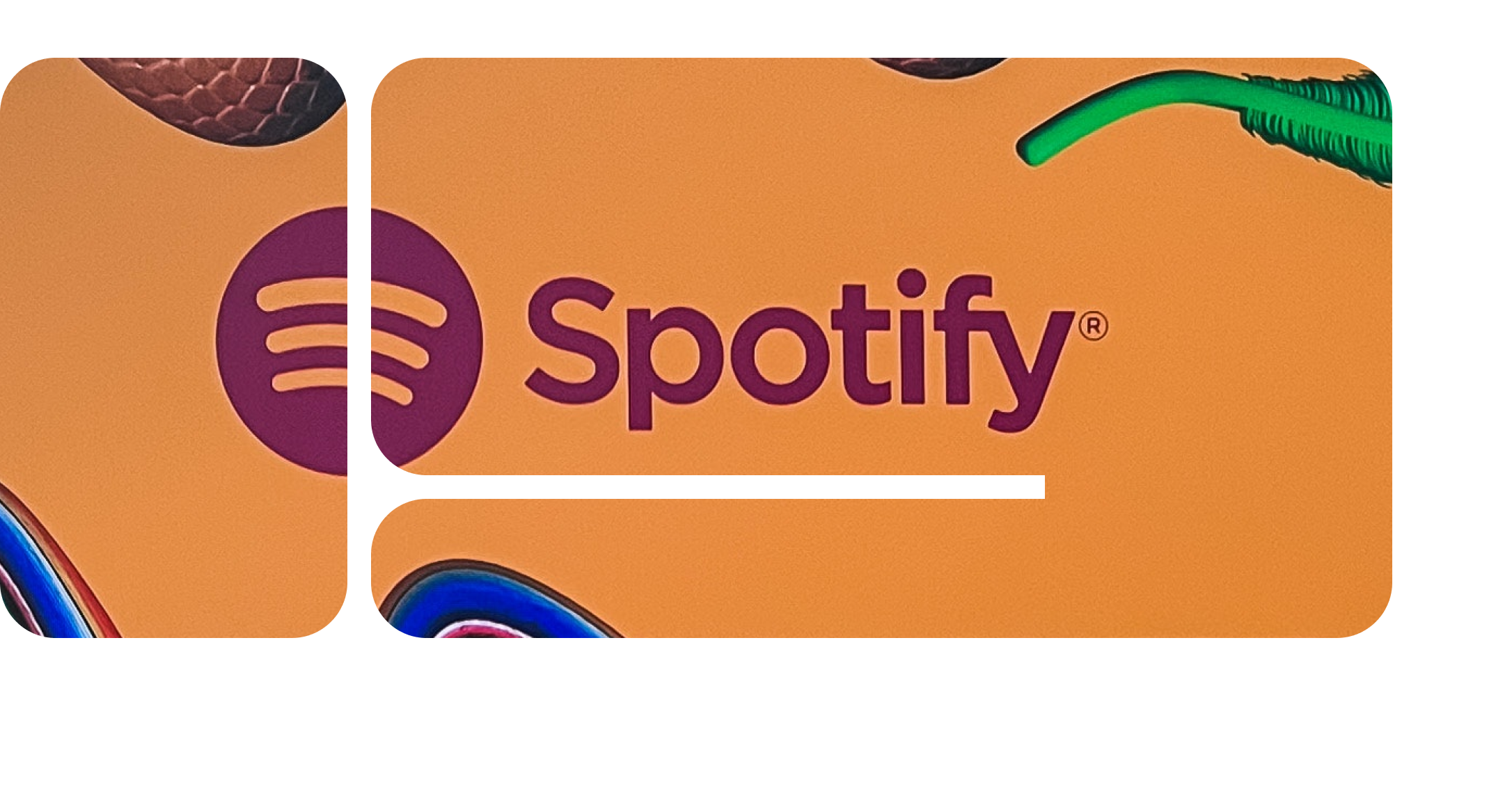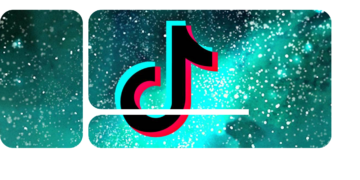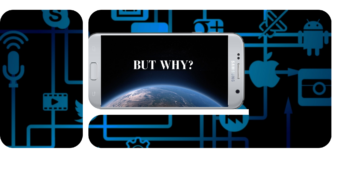Industry Groove – Week 11

In last week’s newsletter, the many changes at Spotify were more of a breaking news story, so let’s take a step back and look again at the Stream On Event. Was this really an innovative breakthrough or do the things that haven’t moved still outweigh it?
Undoubtedly, the countdown page and expanded use of short videos are interesting, but their effective use will only be seen when they are widely used and not just by the Ed Sheerans of the world setting up a countdown page. The new Discovery Feed has so far apparently been received critically by users (I don’t know about you, but everything still looks the same to me) and the expected criticism of the controversial Discovery Mode did not take long to arrive. And of course, one can certainly question whether the effect is increasingly wearing off as more artists use the tool and want to push their songs to the forefront of the queue.
So for the moment, what hasn’t changed weighs more heavily. The refusal to comment on HiFi after two years seems almost childish. Of course, the criticism of the still missing price increases is even harsher, which will be a topic further down as well.
Warner CEO calls for higher subscription prices
- Robert Kyncl, CEO of Warner Music, spoke clearly and directly about the topic of price increases at a public appearance, and even though he did not name Spotify directly, it was clear that his criticism was primarily directed at them.
- Kyncl stated that due to inflation alone, a subscription should cost $13.25 today and not $9.99.
- All companies that have not raised their prices are partially responsible for undervaluing music. Music is the cheapest form of entertainment with the lowest price per hour.
- After Universal has already made a clear statement in favor of price increases, one must really wonder how long Spotify can withstand the pressure from the industry.
- A more nuanced analysis on the topic is provided by Dan Runcie from the Trapital newsletter. He also points out the very small margins of DSPs and that it is therefore not surprising that most of the major DSPs are owned by tech giants and primarily serve their customer acquisition.
- He also mentions again the problematic relationship between DSPs and major labels and their favoritism.
- Therefore, he also brings up his idea again that the majors should build (or buy) their own DSPs, which I still think is unlikely.
US music industry grows, but more slowly
- In recent days and weeks, the most important music markets have released their 2022 numbers and across the board, growth is apparent. Now the world’s largest music market has presented its figures.
- The US market grew for the seventh consecutive year, by 6.1% from $15 billion in 2021 to $15.9 billion. However, the growth rate is the lowest since 2015. In recent years, growth has always been double-digit except for the COVID year 2020, where it was still 9.2%.
- Streaming accounted for 84% of generated revenue ($13.3 billion), up from 83% ($12.4 billion) the previous year. This represents a growth of 7.2%, whereas the growth was much higher at 23% in the previous year.
- Meanwhile, there are 92 million paying subscribers in the US, which is a 9.6% increase from the previous year.
- Downloads fell by 20% and generated only $495 million, which still represents 3% of the market.
- For the first time since 1987, vinyl sold better than CDs (previously, vinyl only surpassed CDs in terms of revenue). 41.3 million vinyl records were sold, compared to only 33.4 million CDs. Overall, the physical sector grew by 4% and generated $1.7 billion.
- Sync revenue increased strongly by 24.3% to $382.5 million.
Will the Spotify Discovery Feed bring about major changes?
- An interesting analysis of Spotify’s TikTok-inspired Discovery Feed is provided by Tatiana Cirisano of MIDiA. First, she reiterates that Spotify has lost a lot of cultural relevance, and that Gen Z in particular desires a more active experience and is therefore much more present on platforms like TikTok.
- The Discovery Feed was clearly developed to change this. According to Cirisano, however, it could have other side effects as well.
- She believes that the Feed could reverse a trend that Spotify itself started with its playlists: the ever-shorter songs, the hooks right at the beginning of the track, the lack of intros, bridges, and so on.
- In the Feed, only the most striking part of the song is presented, but the complete version of the song could have more rough edges.
- However, the question arises as to whether the rather passive Spotify users will even use the Feed. In addition, Spotify is now competing more directly with TikTok, and this battle is hardly winnable. For the artists, the question also arises as to whether they want to fill yet another platform with videos.
- Nevertheless, there is a possibility that Spotify could close the gap where TikTok Music was supposed to be. This is not least because, through the Feed and the video posts of the artists, they could collect more information about user behavior that goes beyond musical taste.
Only 755 years until a million artists can make a living from Spotify
- “Our mission is to unlock the potential of human creativity by giving a million creative artists the opportunity to live off their art and billions of fans the opportunity to enjoy and be inspired by it.” This nice-sounding motto was issued by Spotify, and MBW wanted to find out if Spotify is on track to enable one million artists to make a living solely from Spotify money.
- Currently, as reported last week, there are 57,000 artists who earned more than 10k, and 1,060 artists who hit the million mark.
- MBW has now compared the current figures with those from 2020 and 2021 to find out about the growth. They focus on the artists who generated more than 50,000, since it is difficult to live off a lower amount.
- From 2021 to 2022, only 1,300 artists surpassed the 50k mark. From 2020 to 2021, there were 3,100.
- If the number of artists continues to grow in the same way, it will take only 755 years to reach the goal of one million. What MBW means by this is: find a new slogan!
Bonus Reads
- Artists from the electronic music world were among the first to experiment with NFTs, so it’s only logical that Beatport has now launched its own NFT marketplace in collaboration with Polkadot. Beatport.io is now online.
- In this article, Billboard wonders whether downloads will ever make a comeback like vinyl did in recent years. Probably not, but the article also shows why downloads can still be important (and lucrative) in certain cases and are a sign of a strong fan base.
- As one gets older, one discovers less and less new music. This is not just a suspicion, but has even been scientifically proven. This article shows at what age one is most receptive to new sounds. I’m glad to be more of an exception in this case, even though my taste in genres is established, I am constantly on the lookout for new artists, albums, and tracks. Keep on diggin’!











